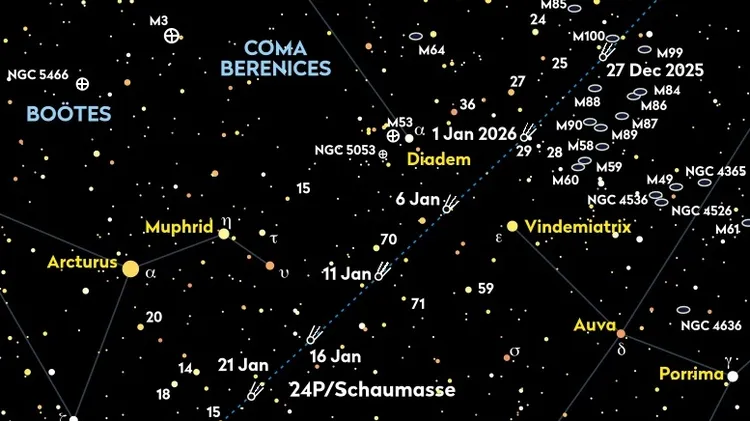Explore a stellar tribute, some usually hidden areas of the Moon and t
The southern hemisphere
1 min read
This article is from...
Read this article and 8000+ more magazines and newspapers on Readly






